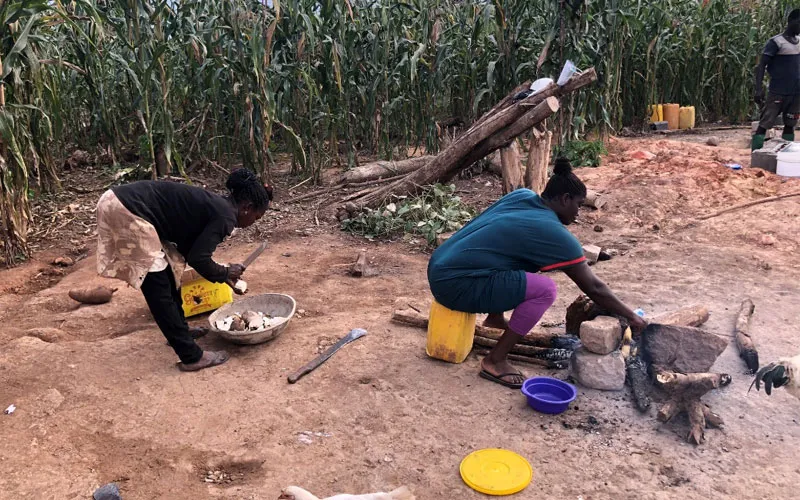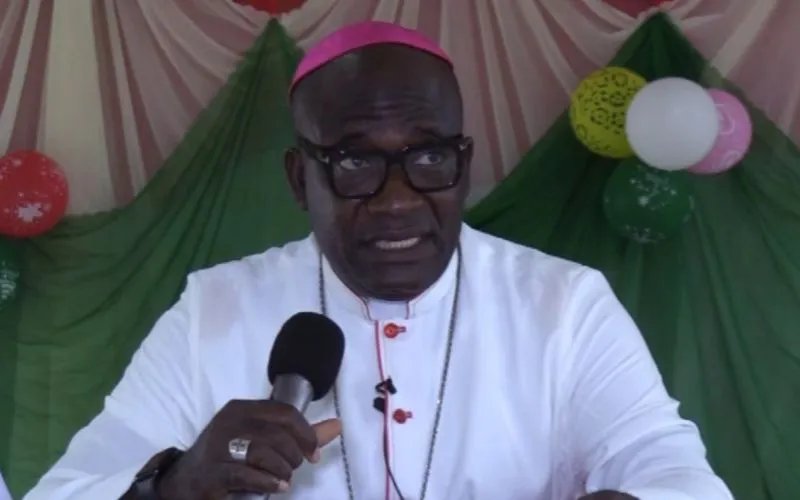In the report, Leticia Gyan, a resident of Nafa Nkwanta village says before the borehole was drilled, it was "really difficult to find drinking water here when the stream dries."
"Sometimes we have to go to Senase, a community 7 km (approximately 4.3 miles) away, to get some water for drinking. So, we have to ration it otherwise. When we finish it, we have to walk through hills and valleys to reach Senase in order to get water again," Gyan has been quoted as saying.
"I think now we can also bathe. I am very happy. We are all happy," Gyan says in the January 12 report, and adds, “It has been our dream and we have been praying about it.”
Still in Ghana, SDB members have also drilled boreholes in Amanfoso village and Bono in the Diocese of Sunyani.
In the January 12 report, SDB officials say that in 2021, more than 3.57 million people in Ghana were living in extreme poverty, the majority of them in rural areas.
"Those living on less than $1.90 a day in rural regions reached nearly 3.3 million, while 278,000 extremely poor people were located in urban areas. Rural poverty remains widespread in the dry savannah region that covers roughly two thirds of Ghana’s northern territory," they say.
The Salesians add that small-scale farms suffer the most from the lack of infrastructure and equipment, "which are needed to shift from subsistence farming to more modern commercial farming which would yield greater incomes and a chance to escape poverty."
U.N Water estimates that 2.2 billion people in the world are living without access to safe water.
"One in four primary schools has no drinking water service, with students using unprotected water sources or going thirsty," officials of the U.N agency say.
They add that more than 700 children under age five years die every day from diarrheal disease linked to unsafe water and poor sanitation.








